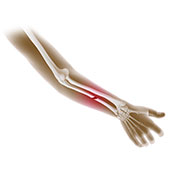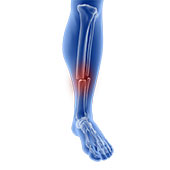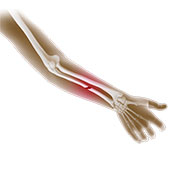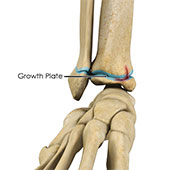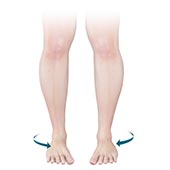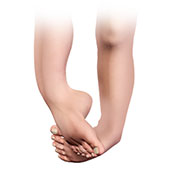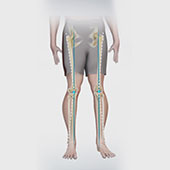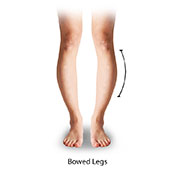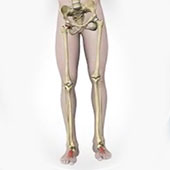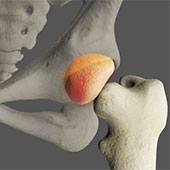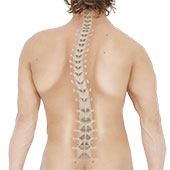- Conditions
- Procedures
Pediatric Fractures
Fractures are more common in children due to their activities as well as their bone properties. Children are more active than adults and management of fractures in them also differs as compared to that in adults. Fractures occur when the bone is subjected to excessive stress than normal.
Lower Extremity Fractures
Trauma and repeated stress can cause fractures in the foot. Extreme force is required to fracture the bones in the hindfoot. The most common type of foot fracture is a stress fracture that occurs when repeated activities produce small cracks in the bones.
Upper Extremity Fractures
Upper extremity fractures include Elbow Fractures, Forearm Fractures and Fractures of the Hand, Wrist and Fingers.
Growth Plate Fracture
Growth plates are areas of soft, cartilaginous tissues present at the end of long bones in growing children. These cartilage tissues or soft bones later harden to become solid bones in adulthood once growing has completed. A fracture of these bones is termed a growth plate fracture. This type of fracture is most often caused by a fall or severe blow to the limb during sports activities such as football, basketball, and gymnastics or from vehicular accidents.
Limb Deformity
The lower limbs, also called lower extremities, are your legs. Lower limb deformity is a musculoskeletal abnormality or defect in the leg.
Clubfoot Deformity
Congenital deformities of the lower limbs are developmental disorders that are present at birth, causing alterations in the shape and appearance of the legs. Several factors such as genetics, teratogenic drugs, and chemicals can cause congenital deformities.
Knock Knee Deformity
Knock knees, also called genu valgum, is a condition in which the legs curve inward at the knees. When a child stands, the knees appear to bend toward each other, and the ankles are spread apart.
Bow Leg Deformity
Bowed leg is a bony deformity resulting in outward curvature of one or both knees of the lower legs. It is commonly seen in toddlers and overweight adolescents.
Leg Length Discrepancy
Leg length discrepancy is a condition in which one leg is shorter than the other, leading to problems with posture and walking pattern. There may be associated pain in the back, hip, knee or ankle. It can be corrected by a reconstructive surgical procedure called limb lengthening.
Slipped Capital Femoral Epiphysis
Slipped capital femoral epiphysis (SCFE) is an unusual disorder of the hip where the ball at the upper end of the thighbone (femur) slips in a backward direction. This is caused due to weakness of the growth plate. This condition is commonly caused during accelerated growth periods such as the onset of puberty.
Scoliosis in Children
Scoliosis is an abnormal, sideways curvature of the spine. It is often diagnosed between infancy and early adolescence.


